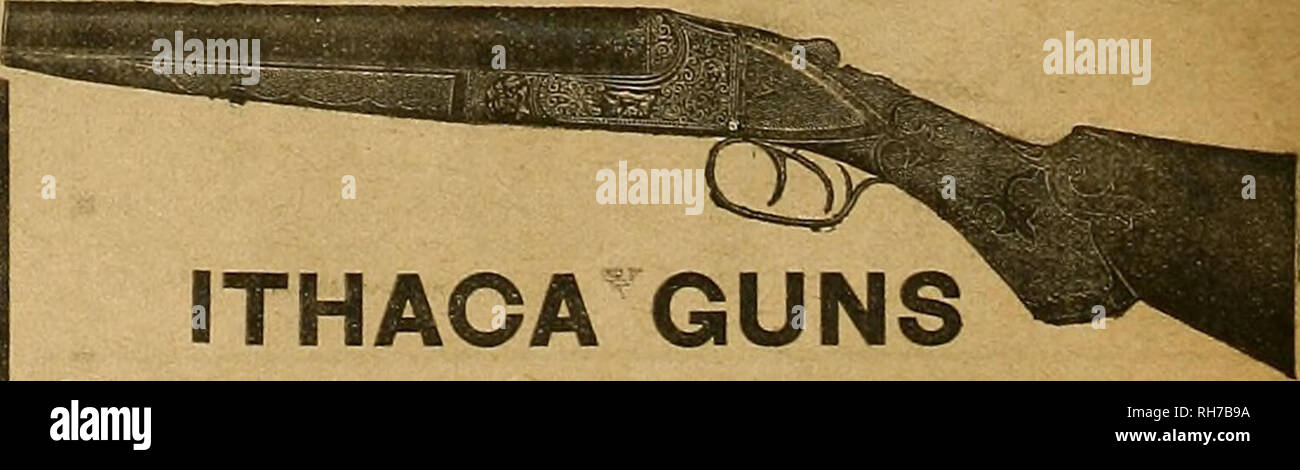


This round, chosen due to requirements of the then-interested West German Bundesgrenzschutz, was dimensionally identical to 7.62×51mm NATO, but with a lighter bullet and powder charge to reduce recoil, making the fully automatic fire more controllable. The first prototype rifles fired the same 7.92×33mm Kurz round as the StG45, and a variety of experimental 7.92 and 7.62mm cartridges were tested before settling on the 7.62×51mm CETME. Despite the rifle performing excellently with this cartridge, the Bundesgrenzschutz later stated that they could only adopt it if it was rechambered with the 7.62x51mm NATO cartridge due to standardisation agreements and thus the weapon was redesigned for this cartridge, designated by the Spanish as Modelo B. This was accomplished after considerable time and effort, with the new round being designated the 7.62x41mm CETME, CA-002. Later on in development, the Bundesgrenzschutz informed CETME that they were interested in the rifle but requested the cartridge diameter be reduced from 7.92mm to 7.62mm and that the same 41mm cartridge case should be used. The lightness of the projectile meant it had a lower recoil impulse, which was a key objective of the engineers as it would reduce bullet dispersion during fully automatic fire.
#Lc smith shotgun parts full#
The bullet reportedly behaved like a standard full metal jacket bullet. In addition, sources state that at 1000 metres, the projectile could perforate Spanish, Russian, Italian, Czech and German helmets. Sources from the time indicate that at 1000 metres, the dispersion characteristics of the bullet were equal to those of normal rifle projectiles despite its light weight. While such a lightweight bullet would normally be affected by crosswinds compared to a normal weight projectile, the engineers at CETME contended that the bullet's aerodynamic shape minimised this problem. The solution was that the aluminium core was wrapped around the middle in a copper jacket that was open at both ends, leaving the exposed aluminium core at either end (the core's middle section was compressed to allow the copper jacket to fit without protruding). To allow such a long projectile to be stable in flight, a method was required to achieve proper mass distribution.

The rounds weighed 6.8 grams and had a muzzle velocity of 800 m/s.

It would be lightweight and elongated to make it aerodynamic, yet fired at normal rifle velocities. Thus the 7.92x41mm CETME, CA-001 cartridge was developed and unveiled in 1953. This required a very ambitious development of rifle technology to work but the CETME engineers, based on earlier German experiments, believed this was possible by using an unconventional projectile. The requirements for the original design requested the rifle weigh no more than 4.1 kg, an effective range of 1000 metres and a large magazine capacity. The horizontal marking left on spent cartridge cases has become a signature of this design. That is a fluted chamber, which is horizontal grooves in the chamber, that allows the cartridge cases to float on a layer of gas to aid extraction. However, the CETME Model 58 introduced a novel solution to the problem of cartridges sticking in the chamber. The CETME design inherits the StG45(M)'s fixed-barrel. The MG42 locking system actually locks completely and requires a short-stroke barrel that travels backward to unlock, compared to the StG45(M) system that never completely locks and does not require a moving barrel. The StG45 used a roller-delayed blowback mechanism somewhat similar to the roller-locking system patented by Edward Stecke in the 1930s in Poland and used in the MG 42. The CETME (Centro de Estudios Técnicos de Materiales Especiales) rifle was designed primarily by the German engineer Ludwig Vorgrimler, who based his design on the experimental German StG 45(M) and the French-made AME 49. Semi-automatic variants were also produced for the civilian market. The CETME 58 would become the foundation of the widely deployed German Heckler & Koch G3 battle rifle. The Model 58 used a 20-round box magazine and was chambered for the 7.62×51mm NATO round (although originally designed for the 7.92x51mm CETME cartridge and later for the reduced power Spanish 7.62×51mm cartridge). The CETME Model 58 is a stamped-steel, select-fire battle rifle produced by the Spanish armaments manufacturer Centro de Estudios Técnicos de Materiales Especiales (CETME). Centro de Estudios Técnicos de Materiales Especiales (CETME)


 0 kommentar(er)
0 kommentar(er)
